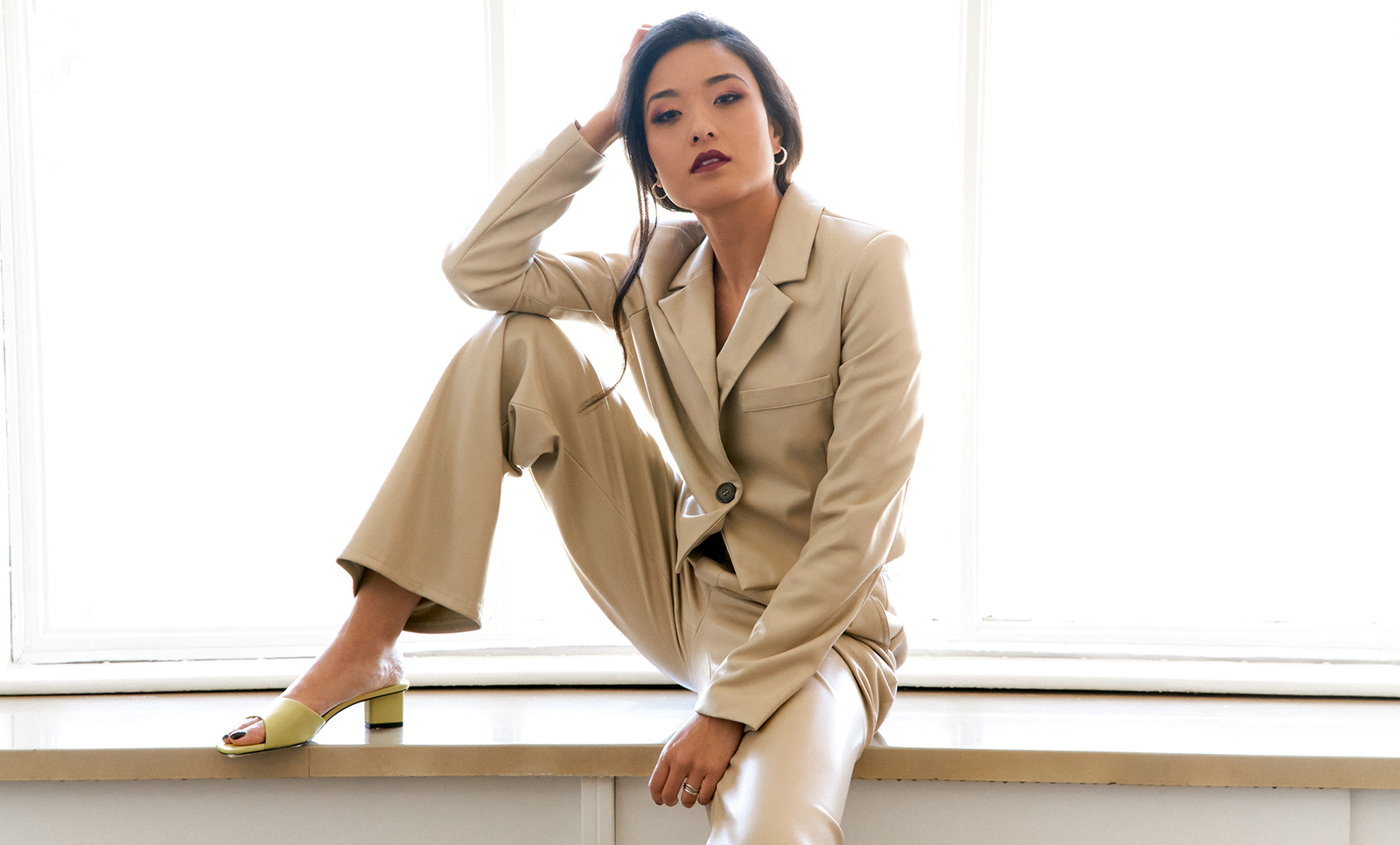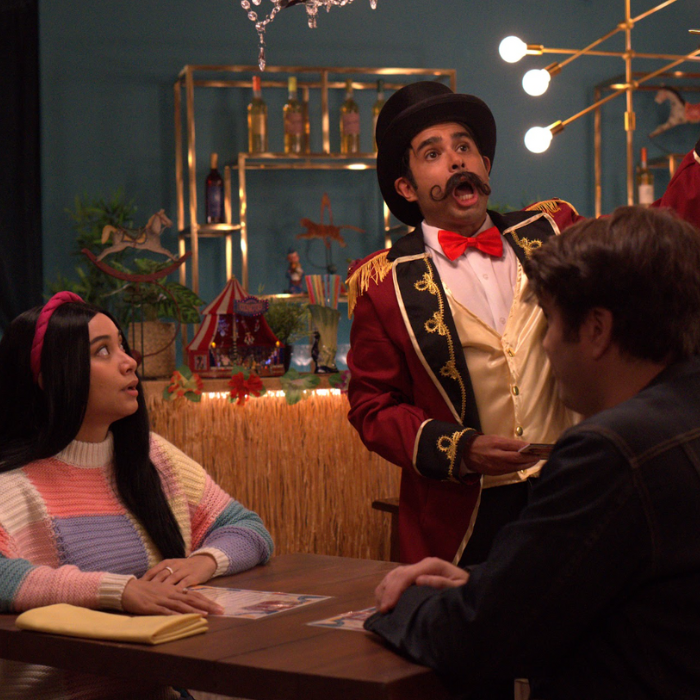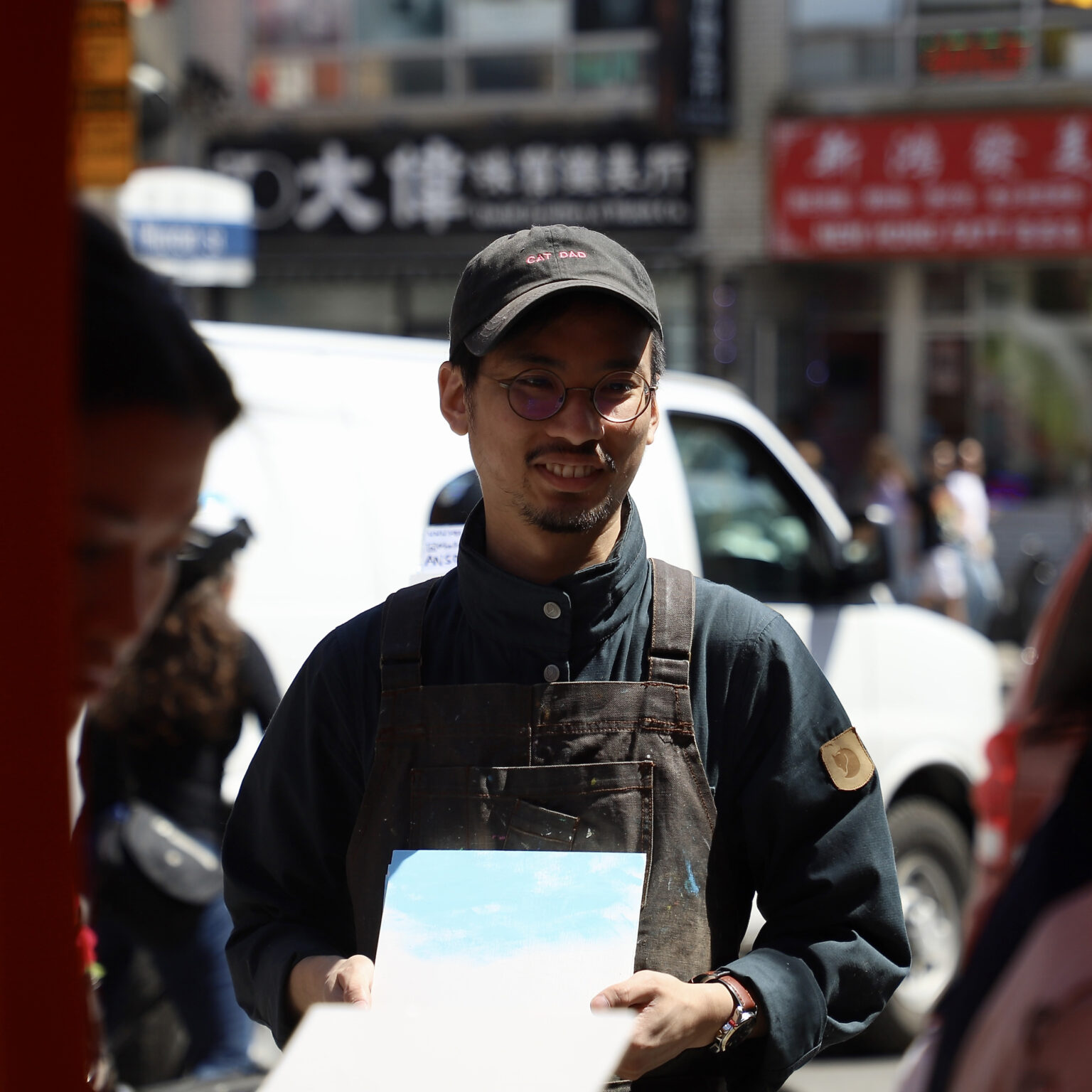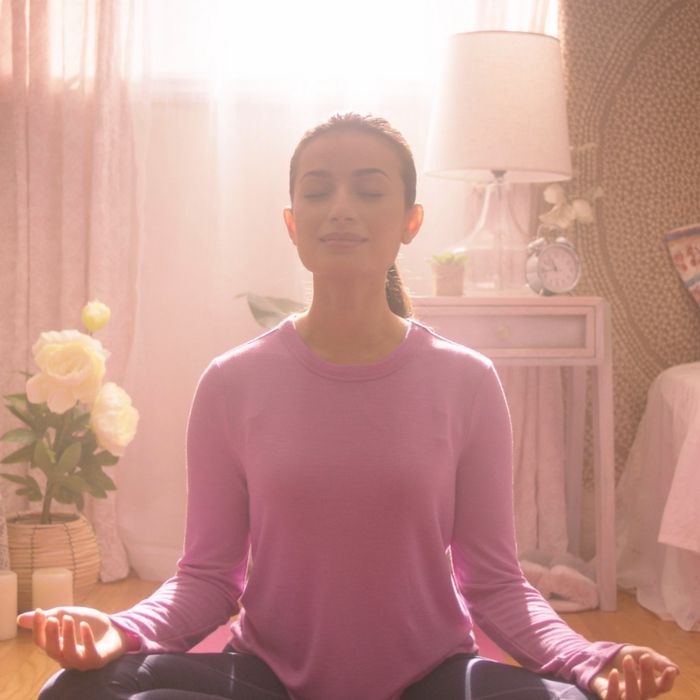Yvonne Chapman didn’t always think she’d be an actor. After graduating from university, Chapman worked as a senior analyst for a business development and mergers and acquisitions group. For her, acting was just an escape from her stressful work life. But, after taking a couple classes to destress, she fell in love with the art. Eventually, she took a risk on herself, quitting her corporate job and diving head first into acting.
It’s all paid off: now, Chapman has taken on the role of Avatar Kyoshi in Netflix’s live action Avatar The Last Airbender. The iconic character is a past incarnation of protagonist Aang, and a favourite among fans of the original animated series.
We talked to Chapman about her career journey and what it was like portraying the live action version of an iconic character.
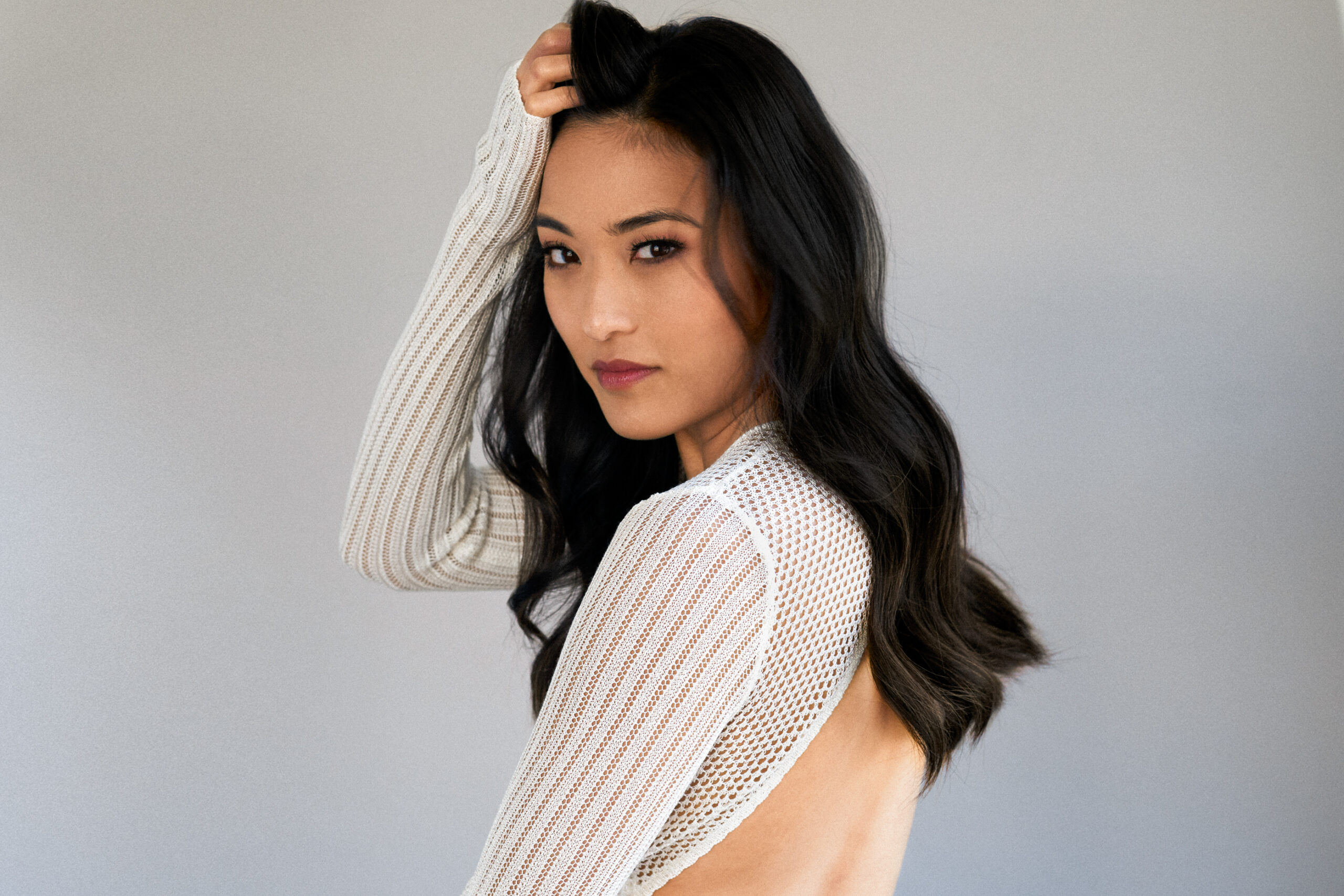
Hi Yvonne! Just to begin, tell me about yourself! Where are you from?
I’m originally from Calgary, Alberta. Born and raised. Nine years ago, I packed up my car, left a corporate job and decided to become an actor. So I’ve been in Vancouver since then.
How did you start acting?
I used to work in finance as a senior analyst and I started acting through taking acting classes as a destresser because I was stressed out from work. I loved acting when I was younger, but I stopped because it just isn’t a practical career. And you know, my parents never blatantly said “no,” but they were just like, it’s probably not the best thing to do, go into something a little bit more practical and more safe.
When did acting stop being a hobby and become a career?
I was so insecure about acting when I first started because I came from this corporate world and I didn’t really know [what] my identity was anymore. I was so insecure about calling myself an actor because I didn’t feel like I had any particularly big jobs that I [could] point to. One thing in this business a lot of people do, [is ask], what are you working on next? And when you’re first starting, you’re like, I’m not working. I’m auditioning a lot, but I actually haven’t physically done anything.
“When we can see a representation of so many different cultures, that allows for understanding and compassion, and a gateway to show an appreciation of different cultures other than your own and to show that we have that connecting force between all of us.”
The moment I actually felt like I could call myself an actor was when I was being flown out to London to go and meet with these producers and directors for a show that I was shortlisted for. On the immigration card, they ask what your profession is, and without thinking, I wrote down “actor.” I didn’t get that role, and that’s totally fine. But that was the…first time that, without even second guessing, myself, I really felt like an actor.
Let’s talk a little bit about Avatar. Kyoshi is such an iconic character and she really isn’t like a main character at all in the original. She has a much bigger role in this new series. Tell me a little bit about what it was like playing a beloved character?
To put it succinctly: nerve-wracking. I myself am a huge fan of the original. I love Kyoshi. I love her from the books. So to embody such a huge presence is nerve-wracking. But it was awesome and just so fun to play. And I just have to really thank the team who put everything together and really took care of that character and [the] portrayal of it.
And aside from this being live action and the original being an animation, what did you do to distinguish your performance?
This is completely fresh from the original because she didn’t appear like this in the original at all. When we go to Kyoshi Island, it’s mainly the Kyoshi warriors that we see in the original cartoon. For me, as a fan, I love seeing these new elements in there because now I can enjoy both. I don’t personally like the play-by plays of just having a screenshot by screenshot of the original and comparing it to the live action but I see this as a nice addition or change so that people can enjoy Kyoshi in a completely different way and it’s an opportunity to kind of add more things here.
And knowing that Kyoshi is such a beloved character, did you think about fan responses to the reimagined character?
I was a bit scared. I think everybody on the show took it to heart of wanting to do the source material justice and to make the fans proud of what we were doing. I remember when I first came onto set, [there were] people on that set were fans of the original and the amount of passion that they had for the source material was so salient. They respect it so much and that means they really wanted to get the details right. So that’s all I can really say about it is that there’s just so much compassion for what this show is and that they just really honoured that.
Aside from being a fan, what drew you to the role?
She’s a badass woman. Who doesn’t want to play that as a female character?
I’m curious what lessons you’ve taken from Kyoshi?
I think for any woman who has such a presence, and such a deterministic being, is to take up space. And I’m not just saying that because she’s seven feet tall. If you see her transition in the novels and how she is portrayed, she was seven feet tall [at] 16 years old. She started off as somebody who was really shy, really reserved and almost wanted to shrink away, but she really developed and came into her own. That’s what I really learned from her, is to learn more about yourself, to take ownership of that, and to have pride in it and to take up space.
So many Asian kids, myself included, I loved Avatar as a kid because it borrowed so much from our culture. What does it mean to you, as an Asian performer, to be in something that’s so tied to the Asian community?
What I think it does beautifully in the cartoon and live action is it shows a representation of many different influences from different communities. That is one of the major themes of the show: unity. And when we can see a representation of so many different cultures, that allows for understanding and compassion, and a gateway to show an appreciation of different cultures other than your own and to show that we have that connecting force between all of us.
This interview has been edited for length and clarity.
Like this post? Follow The RepresentASIAN Project on Instagram, TikTok, Twitter, YouTube and Facebook to keep updated on the latest content.







